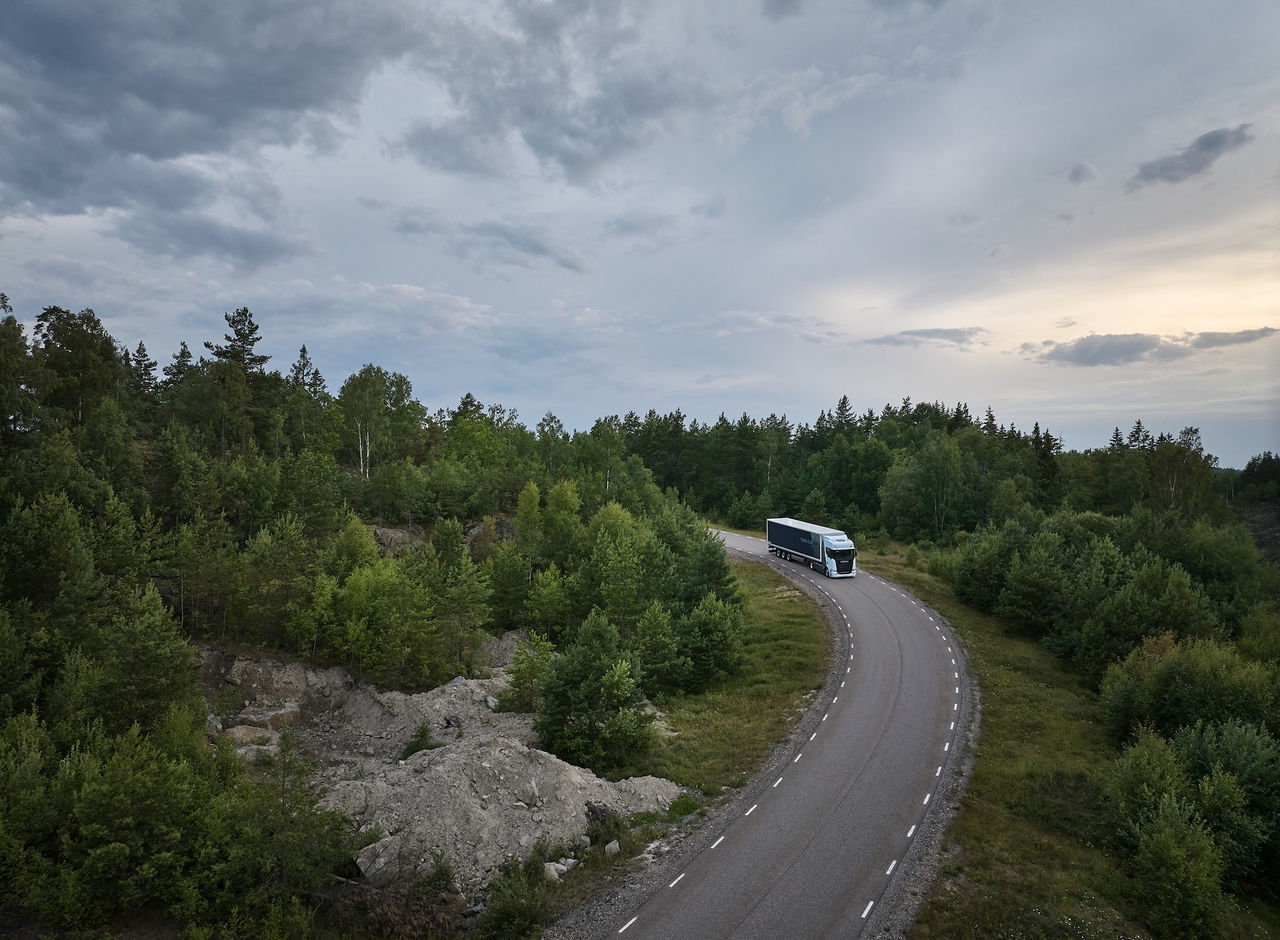
Performance summary July - September 2025
2025-10-29
CEO comment
"At Scania, we’re committed to supporting all customers in making the transition to sustainable transport, whatever their market or operating environment."
Christian Levin, President and CEO, Scania and TRATON GROUP
Financial Summary – Q3 2025
Sales revenue
-3%
Scania Group sales revenue declined by 3 percent to SEK 46.9 billion (48.2)
Return on sales (adjusted)
11.1%
Adjusted return on sales (adjusted operating margin) was 11.1 percent (14.7)
Unit sales
-1%
Unit sales (vehicle deliveries) decreased by 1 percent to 21,545 vehicles
Incoming orders
+20%
Incoming orders increased by 20 percent to 20,492 vehicles
Highlights from the third quarter
Scania hit the road with six electric truck models, travelling through 13 European cities in the “Electric Journey” roadshow. The tour showcased urban, tipper, hooklift, tractor and refuse applications – while encouraging open dialogue about charging infrastructure, battery capacity and real-life operational needs.
Built on the Super truck engine platform, the new 13-litre internal combustion engine offers up to 8% savings in fuel and CO₂ emissions. The new plug-in hybrid powertrain gives up to 80 km of electric range and four drive modes – enabling silent operation in zero-emission zones and up to 40% lower emissions in mixed traffic.
Scania Industrial Batteries – emerging from the carve-out of Northvolt Systems’ industrial division – now offers modular Core and Compact battery packs (up to 1,000 V), as well as integrated e-powertrain components. These are designed for demanding applications in mining, construction and material handling.
TRATON Group R&D now up and running
As of 1 July 2025, a unified Research and Development structure is in place across the TRATON Group. Around 9,000 colleagues from Scania, MAN, International, and Volkswagen Truck & Bus are now collaborating under one umbrella. For Scania, having a group-wide foundation to stand on, provides the possibilities to scale and deliver innovative, high-quality solutions in response to technological shifts, giving Scania a distinct competitive edge and helping our customers stay ahead in a fast-changing world.
Scania opens global industrial hub in China
Scania has inaugurated its third global industrial hub – in Rugao, China – joining existing hubs in Europe and Latin America. The €2 billion investment covers 800,000 m², with a licensed capacity of 50,000 vehicles per year and approximately 3,000 local employees. The site is powered almost entirely by renewable energy and is the first wholly owned truck production facility in China by a Western manufacturer. Rugao will serve China and selected export markets, integrating the TRATON Modular System and local R&D from Rugao and Shanghai. Deliveries from the site will begin in late 2025, with the China-specific NEXT ERA range launching in 2026.
Paving the way for sustainable transport
At Scania we see growth opportunities that emerge from the ongoing industry transformation. We explore, build, manage and invest in innovative business models and partner up with pioneering companies. Learn more about how our three focus areas and investment sectors capture these growth opportunities.
Our decarbonisation journey
Our sustainability actions are focused on three interconnected priorities: people sustainability, decarbonisation and circular business. Decarbonisation is the area where Scania can make the biggest contribution. More than 90 percent of the total carbon emissions from our business is generated when products are in use.